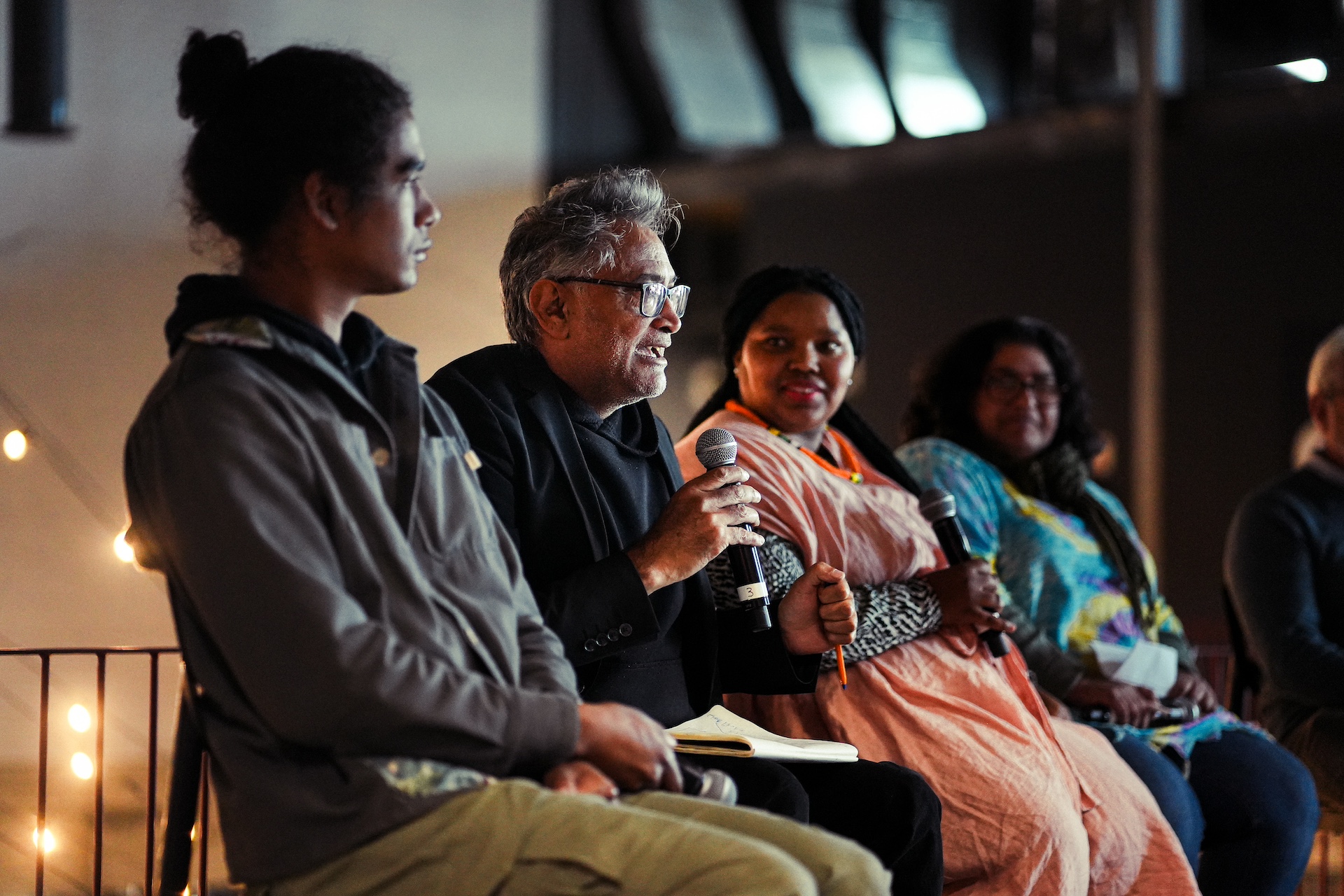
At the recent Food Indaba “Hunger and Power” conference, activists, analysts and academics explored ways in which to use the law against the law, and how knowing the way the system works, creates opportunities to use the system against itself. This, in pursuit of justice.
The session, which was hosted by the DSI-NRF Centre of Excellence in Food Security (CoE-FS), was moderated by Professor Julian May, CoE-FS director and the holder of the UNESCO Chair in Science and Education for African Food Systems. He asked the panellists about the ever-changing landscape of lawfare and how it could be used to shift policy.
One of the panellists, movement builder and political activist Zackie Achmat, told the audience that he preferred the terms “activist law” or “movement law”.
“Law is critical, but far more critical is people and fundamental rights. Any movement can build power. That power comes, firstly, from education and evidence-based understanding. We looked at labour statistics to understand what the system was doing to people. Evidence-informed activism is critical,” he said.
Achmat stressed that one of the most important places of education is in action. “You can make people aware. You can run a school outside parliament. It is that type of action that can build communities.”
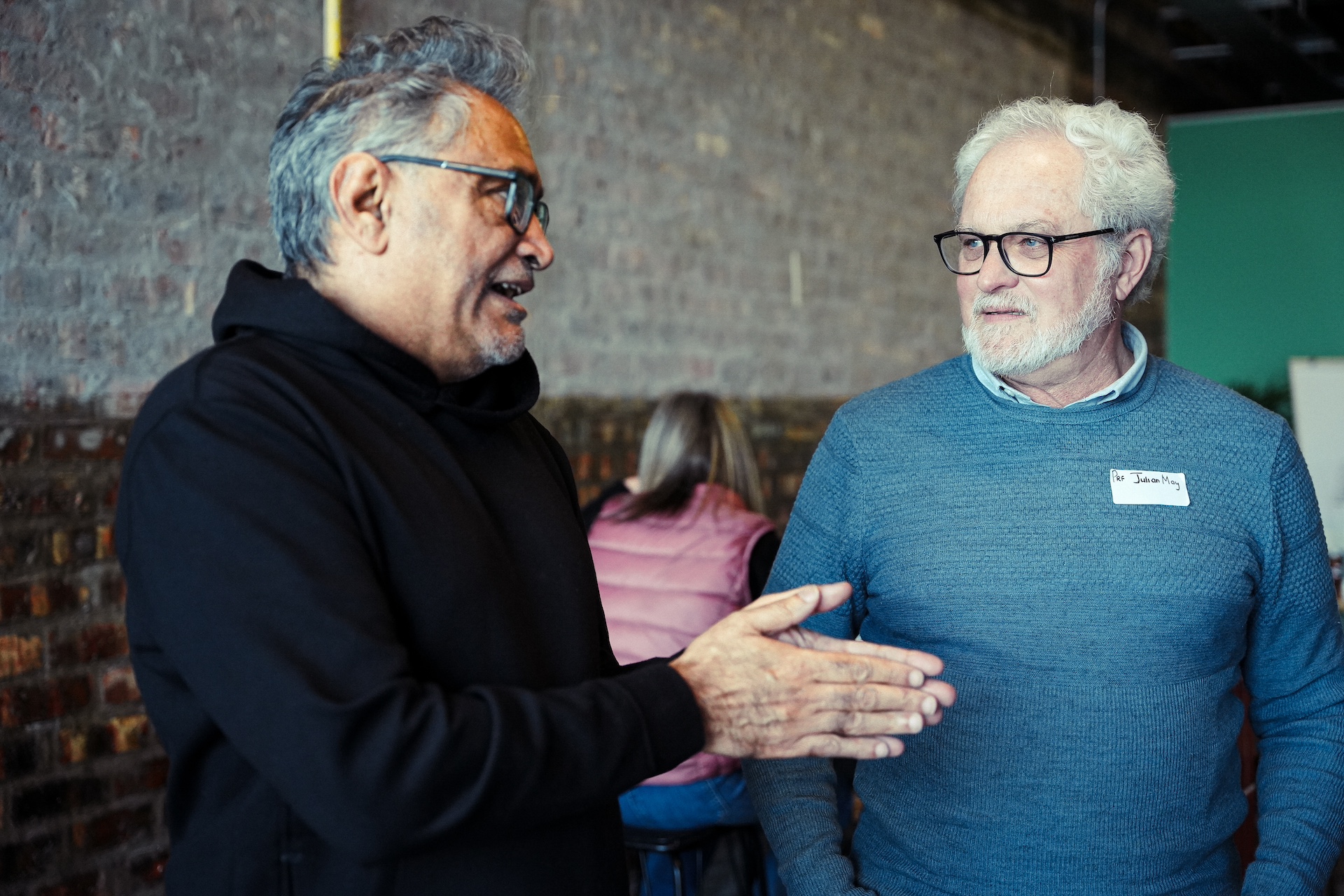
Another panellist, Mandy Sanger, of the District Six Museum, said law is far too important to leave in the hands of lawyers.
“As citizens, we need to understand issues of justice. We use District Six as an example to recognise the importance of organising, and the importance of research in struggles for social justice.
“And for us, research isn’t just about data collection; it is about how you create platforms for people to demonstrate and practice their voice.”
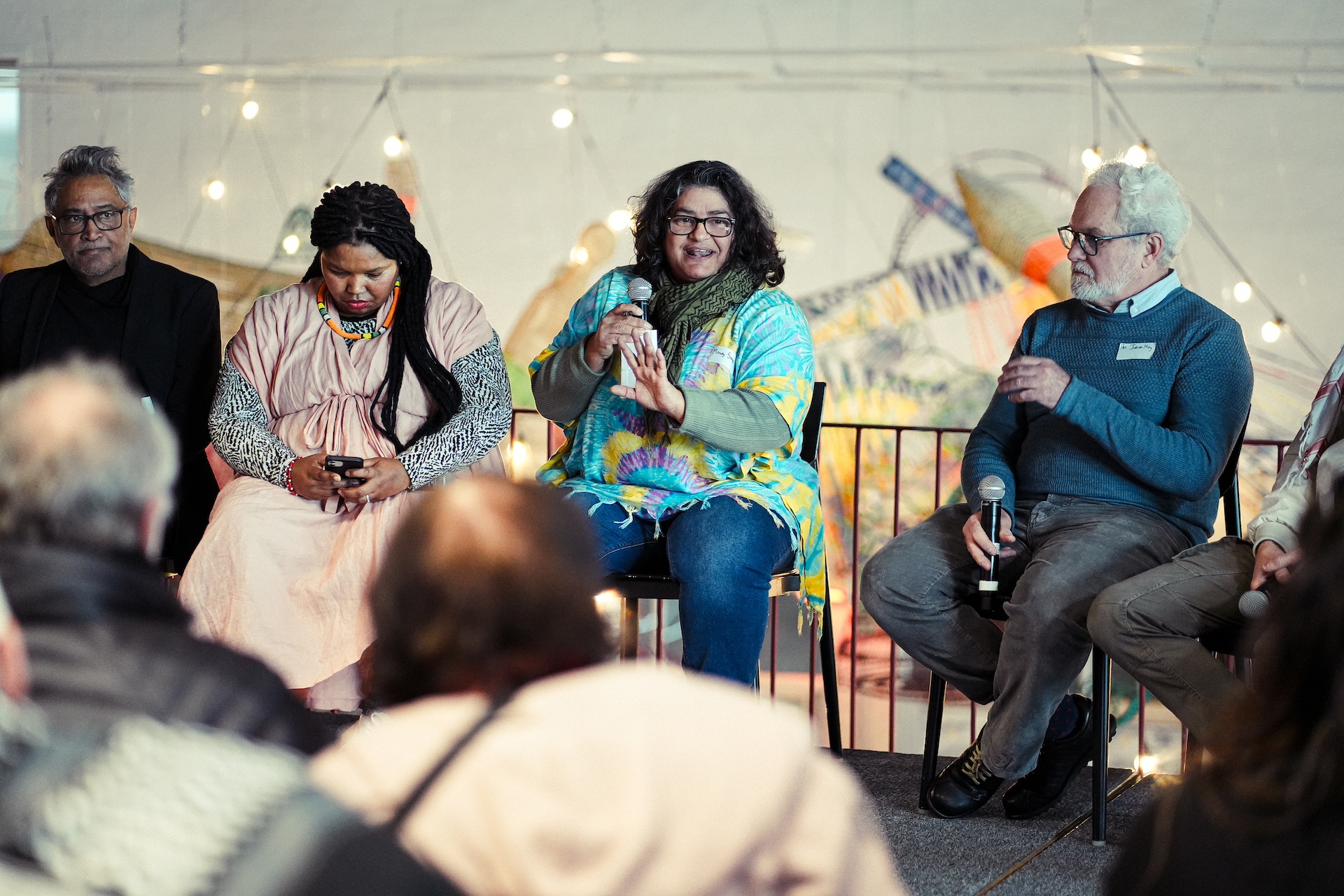
Sanger, the Head of Education at the museum, spoke about her experience as an activist in the 1980s. “A lot of the ideas [for grassroots civic activism] came from working-class people. A lot of these ideas came from women. It’s important to remind people of the source of our progressive ideas. They were generated from the ground up.”
She added that the museum works with activists at Reclaim the City and those from other communities where District Six is used as a case study.
“Most of our time is spent going back and looking at patterns of displacement; not just in the country, but globally. The past is not something we can change, but it helps us explain how cities are governed and continue to displace people. It helps people recognise their own agency and recognise what happens around them,” she said.
‘This is an intersectional fight’
Gabriel Klaasen, an intersectional climate justice activist and programme manager at the African Climate Alliance, said a highlight of their work was in collaborations.
Klaasen added that one of the many avenues they’ve taken as a grassroots organisation was through litigation. “It’s about protecting people and protecting planets.
“The will of the people can be reflected. It’s through awareness and knowledge-building. One of those points is through collaborative action. This is an intersectional fight. We can’t do it without each other.”
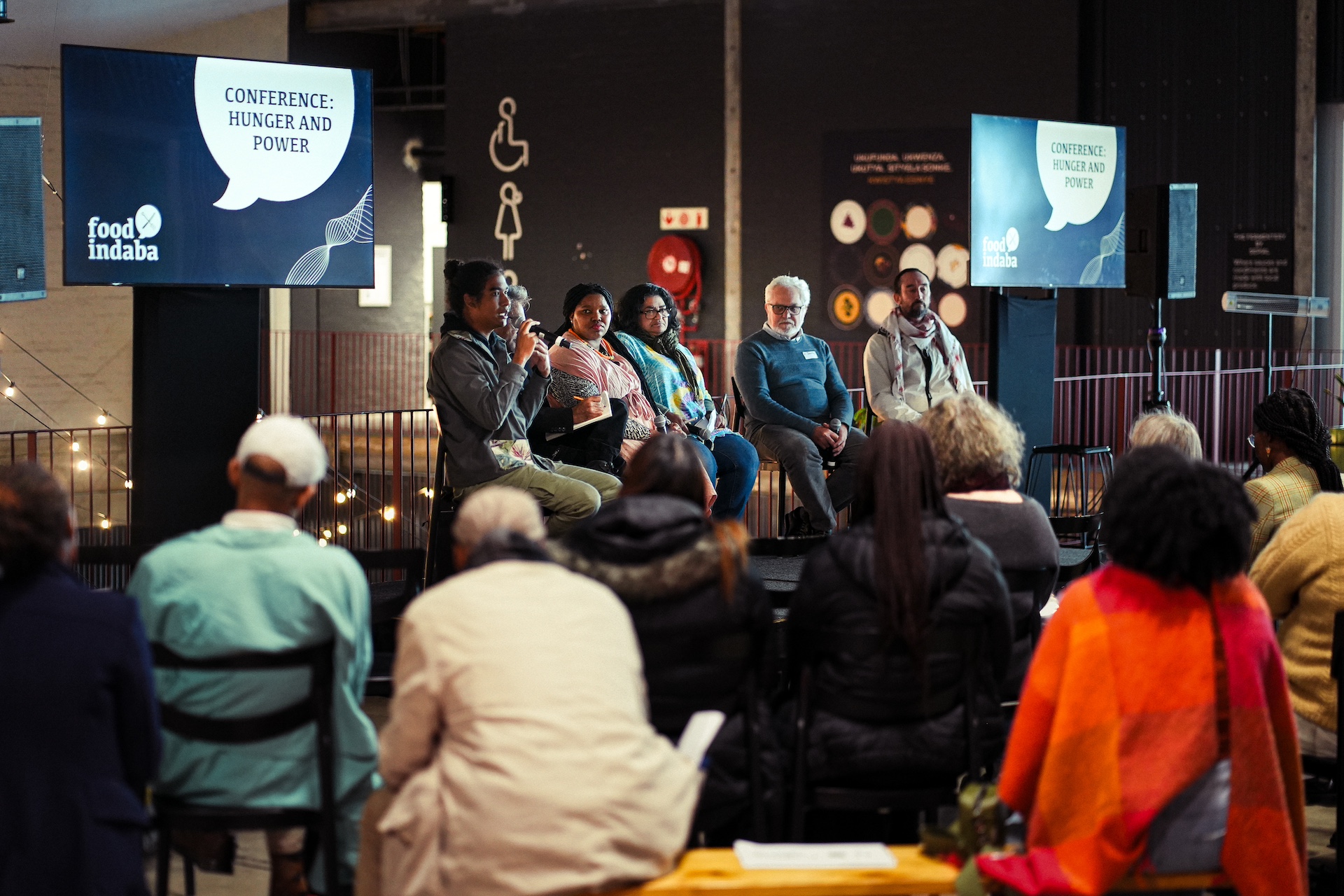
Klaasen spoke about a constitutional challenge against the South African government’s plans to develop 1 500 megawatts of new coal-fired electricity generation as an example of how litigation could be used.
“Our origins are through protesting on the ground and having our voices be heard. Water is going to be a lot cleaner and a lot more healthy; we’re going to see nutritional food … we’re going to be seeing a lot of the will of the people being put forward,” Klaasen said.
They stressed that people should be leading justice: “It’s seen through an intersectional lens. It’s seen with the foundation of understanding and education. It’s not blindly leading justice. It’s leading justice based on what they fundamentally know is a fact, what they are fundamentally experiencing on the ground.”
Asanda Ngoasheng, a political analyst and diversity expert, said law combined with the media could change government policy.
“If you don’t understand how the political system works, then you will vote and make political decisions without understanding the repercussions and the different actions that you can take beyond voting.”

She used her work with the Xolobeni community in their battle against Shell in the Eastern Cape as an example.
“As people who live on the land, you have the right to say ‘no’. The media is a very powerful actor in political systems. My work is to help people understand the political system and support the work of communities. How is it that we have a black government but a white JSE?”.
Ngoasheng concluded her thoughts by saying one cannot talk about the issue of food without talking about land.
Steps and strength
In his concluding remarks, Achmat spoke about his experience of using law while he was part of the Treatment Action Campaign (TAC).
“Our most important legal intervention was breaking the patent law and saying we were prepared to go to jail. The voices are critical in legal activism, and the evidence from experts. Take the most conservative expert. In that way, judges will listen.”
Florian Kroll, a project lead at the CoE-FS, introduced the work of the CoE-FS-hosted Food Imbizo, and discussed its purpose, which is to co-create knowledge around food.
“The discussion around food at a national level is really stuck. We felt it was better for us to engage with local officials.”
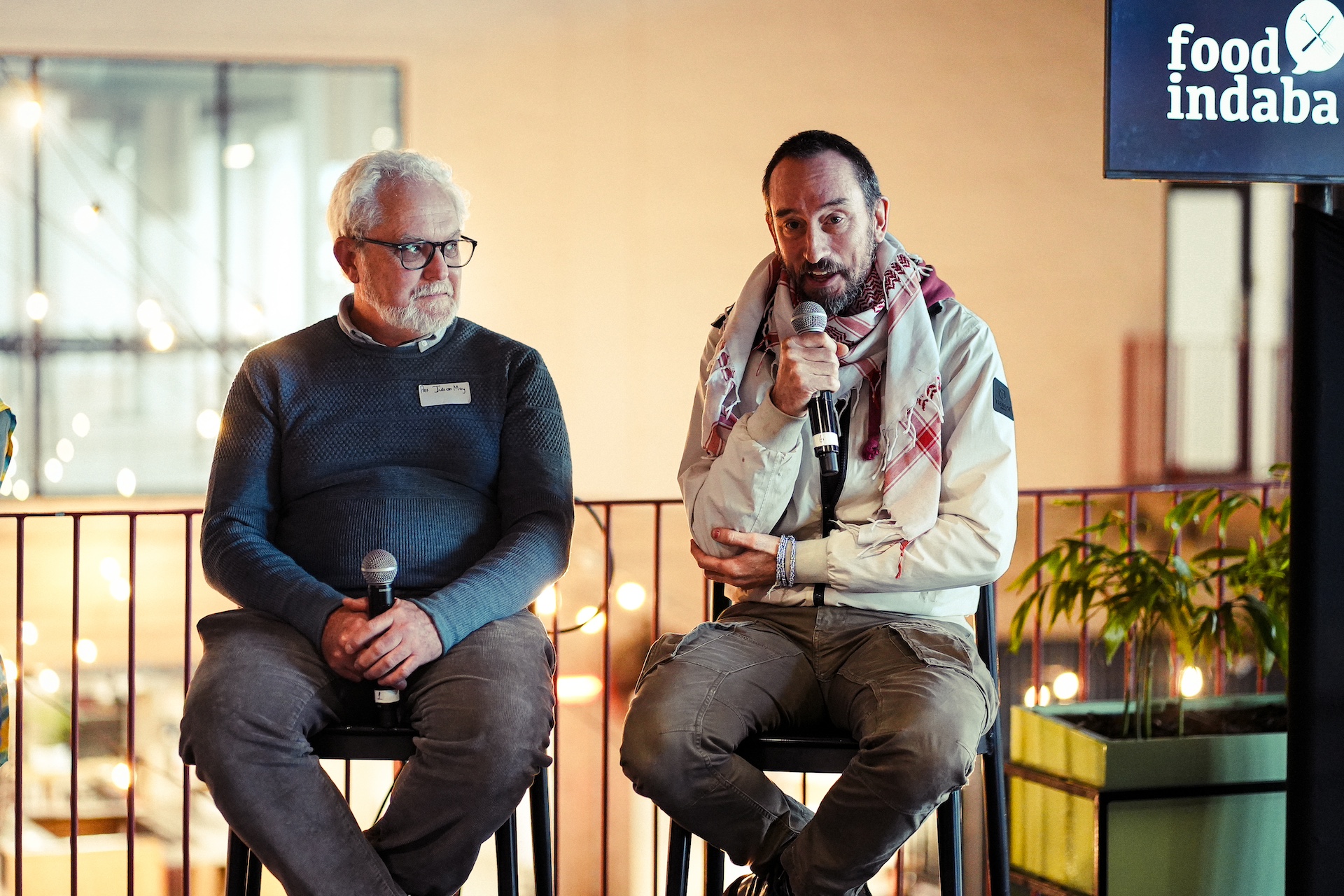
He said they realised that, as academics, they analysed things from a distance. Kroll stressed that there were conversations that needed to happen.
“When we see an injustice, most of us will instinctively know that is not okay. When we look at a statistic, we see just that: a food system that inflicts massive harm on millions of people.
“Hypertension and diabetes are caused by subtle violence over decades. How do you challenge somebody on that? You’ll find that 80% of the food is ultra-processed and is incredibly harmful.”
He added that a court of law was one step, but said there were many steps that needed to happen prior to, and in parallel.
Carla Bernardo, communications manager at the CoE-FS, gave the closing remarks. She said the key takeaway from the panel discussion was what is required to enact change: connection, collaboration, capacity building, and, most importantly, people.
“That’s our strength and that’s where the power belongs,” she said.
related Articles
Hunger as a weapon: in war and at home
Displaced women making bread during the humanitarian pause in Khan Younis. UNRWA photo by Ashraf Amra. From Gaza and Ethiopia,…
Israel’s genocidal use of starvation as a weapon of war
The normalisation of hunger in South Africa
A message from residents in Touwsrivier to local government. Photo: Ashraf Hendricks/CoE-FS. This article was originally published by the Institute…



